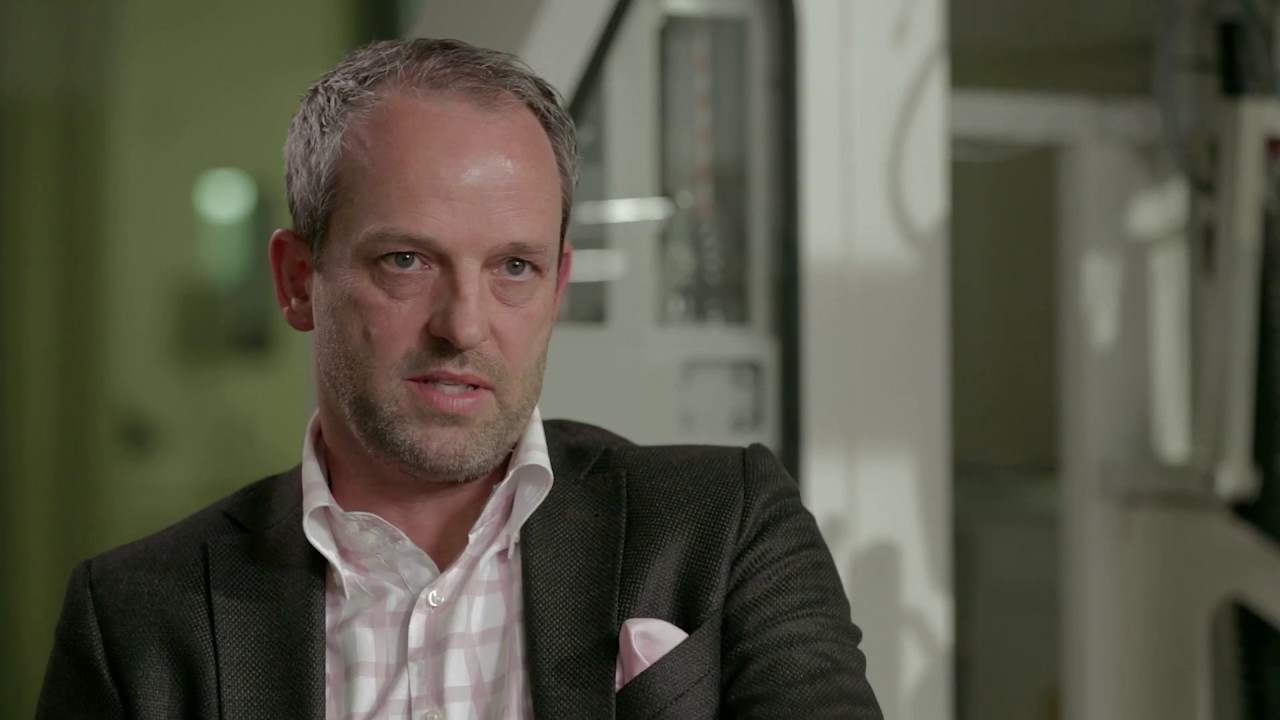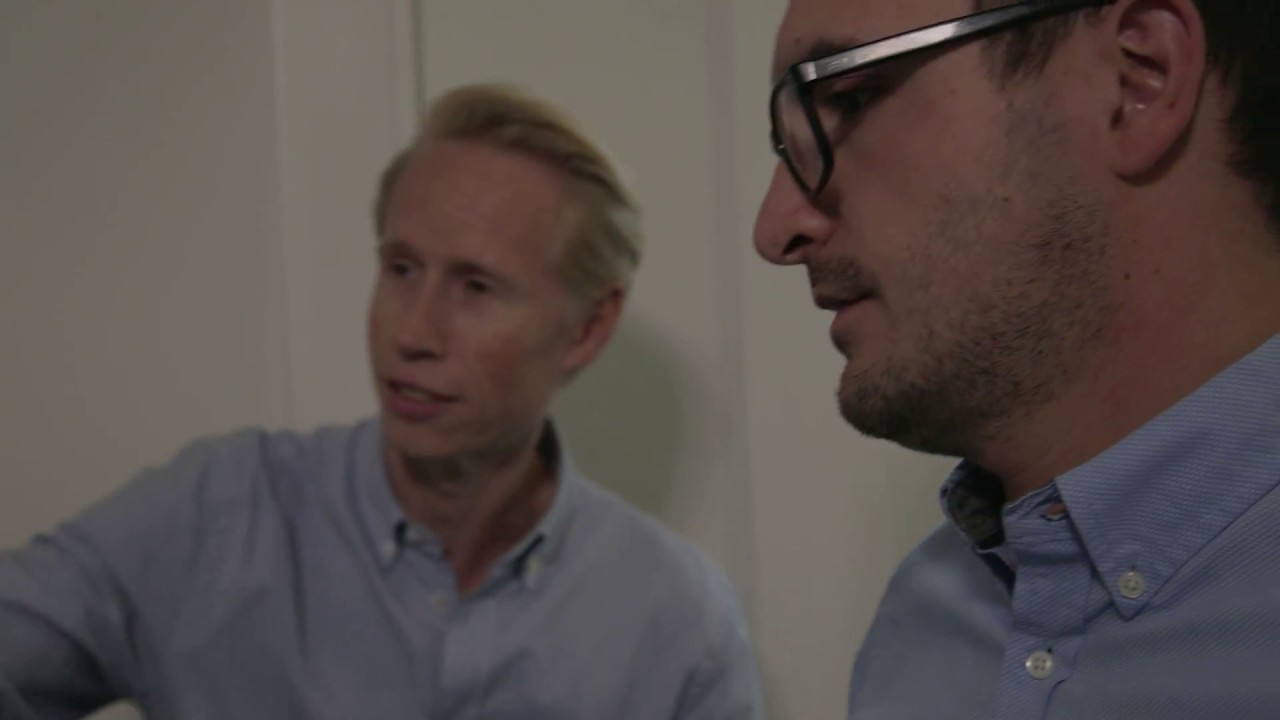Spark Award for fundamental research
ETH Professor Sabine Werner and her team won the Spark Award 2017 yesterday for their groundbreaking new approach to combating viral diseases. If their results can be confirmed, they could lead to the development of better treatments for viral diseases such as herpes.
The Spark Award 2017 may well have been awarded to the research group who were least expecting it: even after the ceremony, Sabine Werner, Professor of Cell Biology at ETH Zurich, and her colleagues Luigi Maddaluno and Michael Meyer could hardly believe that their novel method of treating viruses had won ETH Zurich's prestigious award. As scientists engaged in fundamental research, they’re not used to widespread public recognition. Michael Meyer’s description of their long struggle for results as “useless discoveries” amused the audience of 200 in ETH Zurich’s Audimax. His comment intended to reflect that, when undertaking fundamental research, researchers rarely think of their results in terms of possible applications – it's the gain in understanding that’s significant for them.
Science that helps society
The jury of the Spark Award, by contrast, considered the results from Werner’s team to be very useful. After viewing the work of the five finalists, the jury, which was made up of specialists from ETH transfer (ETH Zurich’s technology transfer office) and external scientific and economic experts, was convinced that the novel antiviral mechanism could represent a decisive step forward for medicine – and thus for countless patients. It was the considerable societal significance of the proposed treatment method, as well as its scientific and economic aspects, that clinched the award.
“This is a wonderful example of the significance of fundamental research – it makes new methods of combating viruses possible,” said Detlef Günther, ETH Vice President Research and Corporate Relations, in his speech. “For us, the prize serves as motivation to further intensify our research in this area,” said winner Sabine Werner. Werner laid the foundations for the project that led to the award-winning discovery as early as 1994. Her team’s discovery is one of 215 registered with ETH transfer by ETH researchers in 2016, of which 109 have filed for patents.
Top research from a variety of disciplines
The other finalists also had impressive projects to present yesterday evening. Kai Schmidt, from ETH Professor for Sensory-Motor Systems Robert Riener’s team, gave a live demonstration of the newly-developed high-tech Myosuit. “It provides 40 to 70 percent of the muscle power and can help the elderly and people in rehabilitation whose own strength is insufficient for movement.”
Sinisa Matetic, who is part of ETH Professor of Computer Sciences Srdjan Capkun’s team, explained how banks, among other institutions, can benefit from their laboratory's new method of preventing computers from being tampered with via rollback attack. Kostiantyn V. Kravchyk, from ETH Professor of Inorganic Chemistry Maksym V. Kovalenko’s team, introduced a graphite-based battery. The low cost of materials will be a key factor in the future success of this invention. Lars Frieder Gerchow, meanwhile, answered provocative questions regarding the safe operation of the positron source he developed together with Paolo Crivelli at the ETH Institute for Particle Physics. This device does not require any particular radiation protection measures, and he hopes that it will one day become as quotidian as the electron microscope.
Only time will tell which of these inventions will succeed. Of the 25 finalists from the five previous award ceremonies, eight gained Pioneer Fellowships and seven produced spin-offs.
The winning technology:
Innovative treatment method to combat viruses: To date, many drugs have only been effective against individual groups of viruses, and often the efficiency is limited. Sabine Werner, Luigi Maddaluno and Michael Meyer have identified a biological mechanism that makes it possible to treat infections with numerous different viruses. Rather than attacking the virus directly, the mechanism mobilises the body’s immune system. This new approach presumably has fewer side effects and could also be used in the treatment of epidemics.
The other finalists:
Cheaper analysis of nanomaterials: Until now, it has been extremely time-consuming and expensive to use positrons to analyse nanomaterial structures, such as pores in catalyst materials, because positron sources are rather large devices and relatively inaccessible due to their radioactivity. A group led by Paolo Crivelli and Lars Frieder Gerchow has now developed a miniaturised positron source. No precautions need to be taken to protect against radiation and the device can fit on a normal-sized laboratory bench.

Cheaper and more powerful batteries: Maksym V. Kovalenko’s group has developed a new, cost-effective type of battery to store power from renewable energies. The battery is based on cheaply, widely available raw materials such as aluminium and graphite. The graphite was prepared for the graphite electrodes so that even large aluminium ions could diffuse in, resulting in particularly high battery performance.

High tech suit to support movement: Our muscle strength and mobility gradually decline as we get older, and this has a negative impact on our general health and participation in life. Robert Riener and his team have developed a motorised suit that can help older people to cope with day-to-day life. The suit is fitted with sensors and electronics that take less than a millisecond to calculate the strength the motors require to support the movements.

Software to combat rollback attacks: Rollback attacks are a new phenomenon of cyber-criminality in which, for example, an externally manipulated computer operating system replaces the current, encrypted database on a hard drive with an older version, allowing the hacker to repeat old payment instructions in a payment system. Srdjan Capkun and his group have developed a process to identify such attacks and thus prevent the payment from being repeated.

